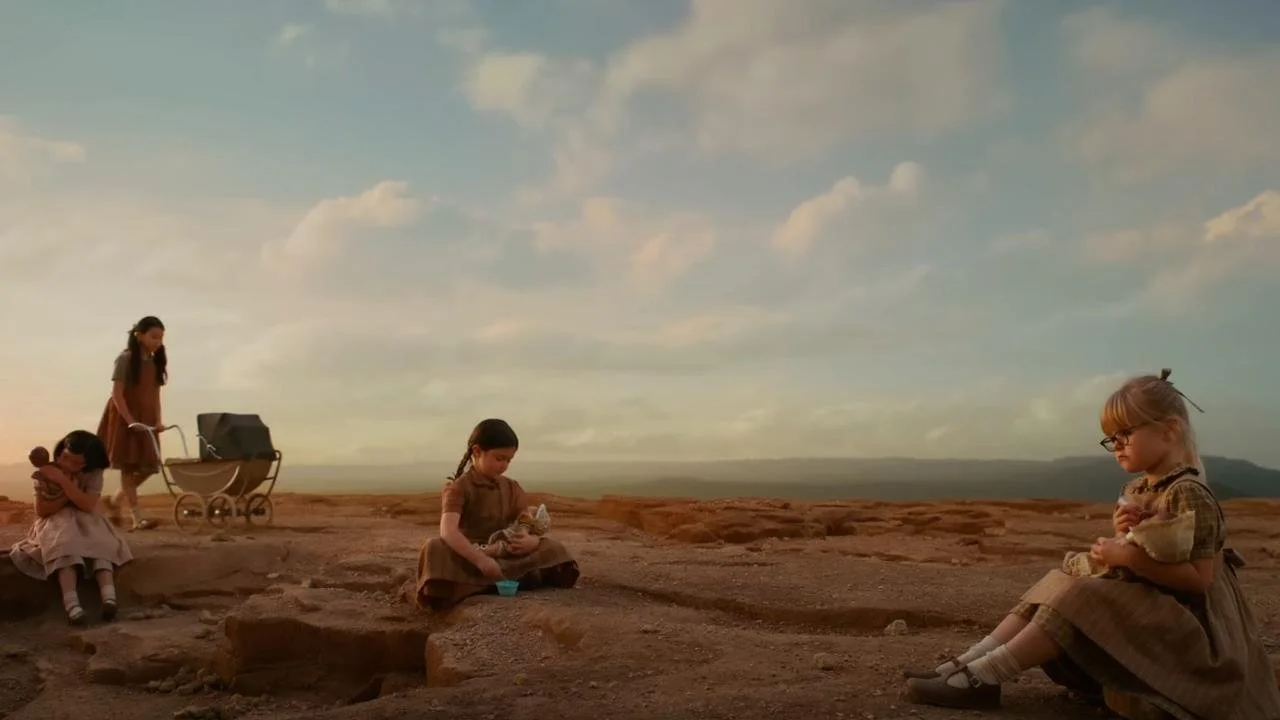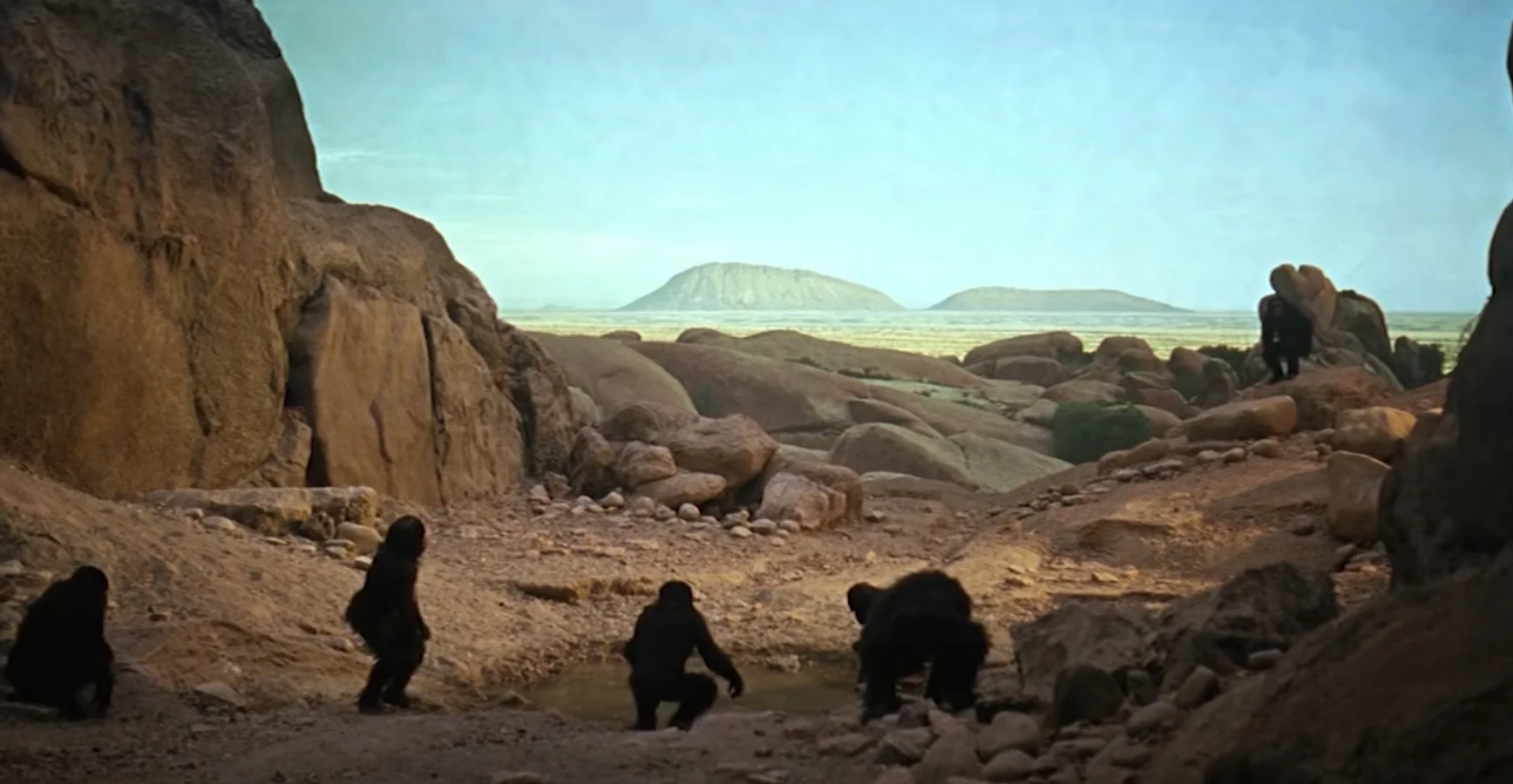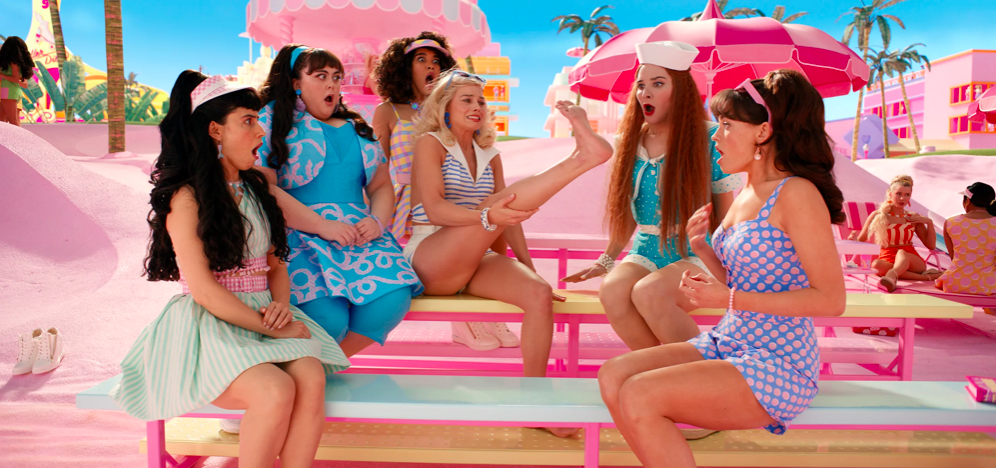Greta Gerwig's "Barbie": A Story That Holds
I came out of Barbie last month somewhat disappointed.
For all the fuss it caused, the movie wasn’t groundbreaking. It was baby feminism. Moments like America Ferrera’s speech were fun to watch but nothing new. It didn’t make me feel anything. The film also took an incredibly compassionate view on men (despite accusations of being “man-hating”). It demanded no accountability for the actions of the Kens. The Barbieland role-reversal was a watered-down version of patriarchy, far from the fear and violence that women actually experience in our daily lives. This take reminded me of what Margaret Atwood said: “Men are afraid that women will laugh at them. Women are afraid that men will kill them.”
Of course, not every movie has to be groundbreaking. For those hoping for a fun time, Barbie delivered—but I went in expecting a lot from Greta Gerwig, who has proven herself as a groundbreaking feminist director. I still laughed throughout this movie and enjoyed my experience, but Little Women (2019) and Ladybird (2017) changed my life. Barbie (2023) felt like a step back in terms of progressive storytelling.
However, in sitting with my feelings over several weeks, I’ve come to a more nuanced view.
Opening scene of Greta Gerwig’s Barbie
“The Carrier Bag Theory of Fiction”
For all its shortcomings, Barbie (like all of Gerwig’s films) is not a story that cuts. It is a story that holds. This difference in story structure was theorized by the prolific sci-fi writer Ursula K. Le Guin in her essay, “The Carrier Bag Theory of Fiction.” She posits that stories often take the shape of a weapon and offers an alternative: the shape of a bag.
[W}e've all heard all about all the sticks spears and swords, the things to bash and poke and hit with, the long, hard things, but we have not heard about the thing to put things in, the container for the thing contained. That is a new story. That is news.
Here, she describes that iconic scene in 2001: A Spade Odyssey.
Opening scene of Stanley Kubrick’s 2001: A Space Odyssey
Where is that wonderful, big, long, hard thing, a bone, I believe, that the Ape Man first bashed somebody with in the movie and then, grunting with ecstasy at having achieved the first proper murder, flung up into the sky, and whirling there it became a space ship thrusting its way into the cosmos to fertilize it and produce at the end of the movie a lovely fetus, a boy of course, drifting around the Milky Way without (oddly enough) any womb, any matrix at all? I don't know. I don't even care.
Considering how Barbie starts, I’m sure Gerwig is well aware of Le Guin’s writing. Her subversion of this scene satirizes the progress-driven epics that permeate pop culture. Le Guin’s theory is why Gerwig’s movies are distinctly feminist in ways that bad-ass female-led action flicks are not (more on this topic, or read Virginia Woolf’s “A Room of One’s Own”). Gerwig’s films resist storytelling structures that serve masculinity so well. From Frances Ha (2012) to Barbie (2023), her stories embrace and celebrate what is traditionally considered feminine. They depict the truest parts of existing as a woman in the world.
The Celebration of Femininity*
The other day, my cousin showed me the pink sneakers she wanted to buy, and I realized that Barbie had made pink popular in a widespread way I haven’t seen since Legally Blonde (2001). Examples of competence that don’t involve rejecting femininity are still rare in mainstream media. We celebrate Arya Stark, Brienne of Tarth, or Katniss Everdeen for definitions of strength that don’t include fashion, relationship-building, emotional intelligence, and intuition (more on how girls are taught to dream and justice for Sansa Stark). It is radical to see leadership that isn’t gendered male.
Barbie depicts what those alternative definitions looks like; it doesn’t simply place competent women in male clothes. It doesn’t have them echo masculine definitions of power and success. Tactics of leadership and problem-solving between the Barbies and the Kens are fundamentally different. The Barbies organize and work together to build on a movement. They prioritize a community-based approach.
At the same time (in a hilarious musical number), Gerwig satirizes the Kens’ solution to conflict, which is to go to war.
Despite finding it hard to watch Barbie apologize to Ken at the end, I still appreciated the compassion modelled in this scene. To mend conflict by conversation, to offer kindness, is often synonymous with being weak (a gendered take). If we aspire towards restorative justice, forgiveness, and tolerance as a community, we need more examples of healthy resolution beyond punishment and revenge.
*Definitions of masculinity and femininity can be useful in understanding how gender is portrayed, enacted, and enforced, though they are not meant to be prescriptive. In advocating for greater acceptance of traditionally feminine traits, I believe we can move towards increased gender fluidity as well.
A Story That Holds
The structure of conflict in this movie makes it a story that holds. It carries uncertainty, loss of childhood and innocence, change, betrayal, love; it makes space for characters to cry without derision, without lashing out or shoving experiences aside. That matters. Shaping stories is how we create sense of our selves and our world. We need more stories that hold.
In thinking of how America Ferrera’s speech provoked little emotion in me, I reflected on the scenes that did make me emotional. The first was the old woman on the bench, which Gerwig has described as “the heart of the movie” despite its lack of plot relevance:
[I}t doesn’t lead anywhere. And in early cuts, looking at the movie, it was suggested, ‘Well, you could cut it. And actually, the story would move on just the same.’ And I said, ‘If I cut the scene, I don’t know what this movie is about.'”
It is a quiet moment, a “transaction of grace” between a young woman and an older one. It does not move anything forward; it simply holds.
The second notable scene for me was the montage of womanhood at the climax, set to Billie Eilish’s “What was I made for?”. Ruth Handler tells Barbie to “now feel.” That line alone is beautiful, because it establishes emotion as epistemology (my doctoral thesis!). No thought required, no action—just being. We see clips of women moving about their daily lives, and the most striking thing for me was how so many moments are centred on holding each other, creating community, sharing, and being in relationship.
Living as a woman in the world
Every time something big happens in my life, I call my best friend to debrief. I do it when I feel insecure, or on nights people leave my room late, or the time I told a boy that I loved him. Every important text, every experience, has been lovingly shared and discussed in the community of my closest friends.
These are the girls who send food to my door when I’m grieving, who take international flights to watch me graduate or see me speak at a conference. We talk for hours, dole out advice, and then remind each other of that same advice when someone forgets. We discuss our fears around aging and death, our thoughts on what we look for in a partner, our doubts on how to feel certain in an uncertain world. We make plans months in advance and joke about how great we are at scheduling, at prioritizing our relationships. We make sense of the world together.
Being a woman comes with all the frustrations and systemic inequalities that the human characters in the Barbie movie point out—but what Gerwig does so well in all of her films is hold the nuance, the complex feelings, the conflicts, pains, and joys of living as a woman in this world. Barbie is no exception.
A Blockbuster Hit
The success of this movie in the box office is a significant achievement, and the reach of mainstream art is undeniable. Regardless of how this film is received, its impact on pop culture cannot be underestimated.
Certainly, criticisms remain. Barbie fails to address important tenets of feminism like intersectionality, fatphobia, and how the product of a doll promotes consumerism in a capitalist world. These are not small issues.
However, I am also wary of asking artists to capture every issue in their work. It isn’t fair that Gerwig carries so much expectation as a feminist creator in Hollywood. The solution is always to make room for more voices. We need more stories like these—stories that critique, and complement, and build on the canon that films that Barbie help to establish. It is not a perfect movie, but no singular piece of art should be. The point of creating is to expand and make room for creating more.
I hope this film is only the start.
P.S. Shout out to “Weird Barbie” and her fantastic line, “Either you're brainwashed or you're weird.” Also “Depression Barbie”, watching Pride & Prejudice on loop.








